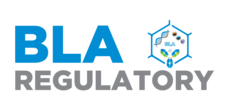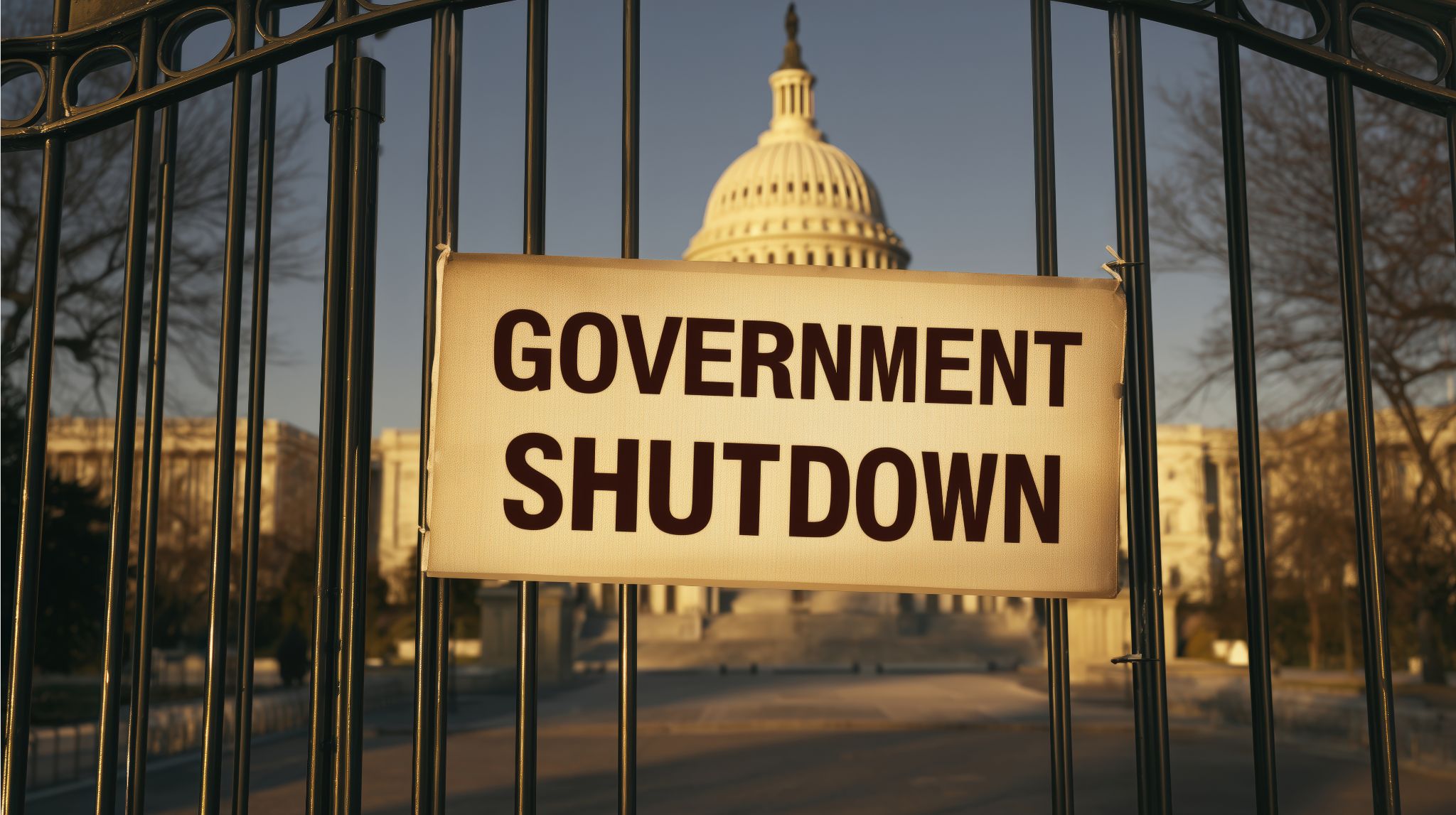FDA Operations During the U.S. Government Shutdown
October 22, 2025
As of 1 October 2025, the U.S. federal government is operating under a funding lapse for FY 2026. As a result, the FDA must operate under its contingency staffing plan and legal constraints tied to the Anti-Deficiency Act (ADA). Under the ADA, the FDA will not be able to accept any regulatory submissions for FY 2026 that require a fee payment, and routine inspections, meetings, and non-urgent communications may be paused or delayed. The FDA has confirmed that it will maintain mission-critical public health and safety operations, including safety monitoring, recalls, and import screening. Activities funded by carryover user fees (i.e., fees collected in prior fiscal years) may continue, though timelines may slow.
This issue addresses the operational impact of the FY 2026 U.S. government shutdown on the FDA’s regulatory and public health functions. It highlights ongoing critical activities, key approval decisions during the shutdown, and the limitations sponsors may face in submissions, inspections, and global product launches.
The Shutdown: Where It Stands
At 12:01 a.m. EDT on October 1, 2025, the U.S. federal government entered a shutdown following Congress’s failure to pass appropriations for fiscal year 2026. The shutdown has led to a pause in certain government operations, with ongoing negotiations yet to resolve the funding gap.
As of October 20, 2025, the shutdown has entered its third week with no confirmed resolution. The Senate has conducted multiple votes on continuing resolutions without achieving a majority to fund the government.
This is the 21st funding gap and 11th government shutdown in recent U.S. history, marking the first since the 2018–2019 35-day shutdown. These circumstances impact agencies including the FDA, which plays a vital role in safeguarding public health through regulation of food, drugs, medical devices, and biologics.
FDA Staffing and Operational Status
- About 86% of FDA staff remain on duty during the shutdown.
- 66% funded by carryover user fees to continue ongoing application reviews and regulatory work.
- 19% are excepted staff, focused on critical public health and safety activities.
- Remaining staff are furloughed until funding resumes.
- Routine and non-essential functions are paused to prioritize core public health missions.
This staffing model enables the FDA to maintain essential regulatory operations despite funding interruptions.
What Continues: Mission-Critical Activities
FDA operations during the shutdown proceed under two main mechanisms: activities funded through carryover user fees and tasks necessary to address imminent threats to human safety.
Carryover User Fee-Funded Activities
- Review of Pending Applications:The FDA will continue reviewing drug, biologic, and medical device applications, supplements, and certain amendments already submitted with required user fees. This includes New Drug Applications (NDAs), Biologics License Applications (BLAs), Abbreviated New Drug Applications (ANDAs), Premarket Approvals (PMAs), 510(k)s, and De Novo classification requests.
- Guidance and Regulation Issuance: Documents tied to user fee programs will continue to be issued.
Sponsors should note that carryover funds are finite, and continuation of these reviews depends on available resources. Timelines may slow, even for accepted submissions.
Public Health and Safety Activities
- Emergency response to outbreaks of foodborne illness and infectious disease.
- Management of high-risk product recalls and drug shortage mitigation.
- Surveillance for significant safety concerns with medical devices and drugs.
- Screening of imported food and medical products.
- “For-cause” inspections and investigations where public safety is imminently at risk.
- Essential IT, legal, payroll, and facilities functions operate to support these activities.
These activities ensure continuous oversight of the U.S. medical product and food supply during the lapse.
Real Case Scenario: Pending Approval Decisions
On October 2, 2025, FDA approved Zepzelca (lurbinectedin) combined with atezolizumab (Tecentriq) for maintenance treatment of extensive-stage small cell lung cancer (ES-SCLC).
The decision was based on Phase 3 trial results showing significant improvement in progression-free and overall survival marking it the first FDA-approved combination for first-line maintenance in ES-SCLC, addressing a critical unmet need.
FDA approvals like this during the FY 2026 shutdown demonstrate ongoing critical review capacity using carryover user fees.
Sponsors with upcoming PDUFA dates should urgently prepare for potential delays and closely monitor FDA updates to manage launch risks.
What May be Delayed: Key Regulatory Bottlenecks
IND and IDE Submissions
- Most IND and IDE submissions do not require user fees and can continue to be submitted and reviewed during the shutdown.
- Emergency INDs and amendments involving subject safety are exceptions and will continue to be processed by the FDA.
Limited Regulatory Correspondence
- Routine communications such as clarifications, requests for information, or meeting confirmations are likely to be delayed.
- Non-urgent interactions may be postponed while resources are prioritized for mission-critical safety functions and time-sensitive submissions.
Sponsors should anticipate slower review feedback, delayed meeting scheduling, and potential backlog till full operations resume.

During the lapse period, the agency will be continuing vital activities, to the extent permitted by the law, that are critical to ensuring public health and safety in the United States. — FDA FY 2026 Lapse in Funding Information
What’s Paused: Critical Limitations for Industry
New Regulatory Submissions Halted
- The FDA cannot legally accept new regulatory submissions that require FY 2026 user fee payments. This includes NDAs, BLAs, ANDAs, biosimilar applications, PMAs, 510(k)s, and De Novo requests, and similar medical device submissions that carry user fees.
This pause affects companies planning near-term submissions, potentially delaying regulatory milestones and product launches.
Routine Inspections Suspended
- Most routine surveillance and GMP inspections are paused unless related to imminent health risks or funded by carryover fees. This includes pre-approval inspections and routine surveillance inspections.
Sponsors awaiting inspections should anticipate timeline uncertainty until full operations resume.
Long-Term Policy Work Halted
- Guidance development unrelated to user fee programs, regulatory science projects, policy development initiatives, pre-market reviews of novel food and animal feed ingredients, and non-essential data analysis are suspended.
- Oversight of compounded and unapproved drugs is limited to situations posing imminent threats.
Implications: For Global Sponsors and Stakeholders
| Regulatory and Clinical Development | Manufacturing and Inspection | Global Strategy and Commercial Planning |
|---|---|---|
| Difficulties planning trial launches with impact on patient recruitment and retention. | Routine GMP and QMS inspections may be delayed, impacting market entry. | U.S. launch timelines may be delayed due to FDA approval or inspection pauses. |
| CROs may need to adjust monitoring and audit schedules due to inspection delays. | Sponsors should perform internal audits to cover inspection gaps. | Inform foreign affiliates and CMOs of potential timing risks. |
| Submission planning must account for delays in review and responses. | Import monitoring and recalls continue, requiring strong internal compliance. | Consider parallel filings in non-U.S. markets to offset U.S. delays. |
Snapshot: Historical FDA Shutdown Impacts
| Shutdown Period | Duration | Staff Impact | Review Delays by Product Type | Inspection Activities Impact | Other Functional Impacts | Quantitative Data / Backlog |
|---|---|---|---|---|---|---|
| 2025 (Ongoing) | Began Oct 1, 2025 | ~14% staff furloughed; 86% retained on essential/carryover funding | New submissions requiring FY 2026 user fees halted; reviews of accepted applications delayed 2–4 weeks | Routine inspections paused; safety and for-cause inspections continue. Inspection backlog risk growing | Advisory meetings, guidance delayed; some communications slow | Review backlog projected 5–10% increase; inspection backlog expected 3–6 months post-shutdown |
| 2018–2019 | 35 days (Dec 22, 2018 – Jan 25, 2019) | ~40% workforce furloughed (>7,000 employees) | NDA delays 30–90 days; biologics delayed 45–120 days; ANDAs delayed 60–90 days; devices delayed 30–75 days | Routine inspections dropped 90%; only high-risk inspections continued; backlog took months to clear | Backlogs caused 1–3 months approval delays; slowed communications; staff stretched thin | >2,000 drug/device submissions delayed; ~7,000 staff furloughed; approval backlog lasted 6–8 months |
| 2013 | 16 days (Oct 1–17, 2013) | ~45% employees furloughed | Limited review continuation with overall slowing; ANDA/NDA minor delays | Inspections down 40–60%; hundreds of facility inspections postponed | Emergency functions continued; routine functions halted | 15–20% inspection backlog; minor submission delays |
| 1995–1996 | Two lapses: 5 days & 21 days | Majority of non-essential functions paused | New submissions suspended; backlog delayed reviews 4–6 weeks | All inspections halted except emergencies; backlog and rescheduling issues | Delayed regulatory communications; backlogs into next FY | Significant inspection and review backlog; delayed product launches |
When Will Operations Resume: Looking Ahead
No clear timeline exists for resolution. Carryover user fees that fund ongoing reviews are projected to last less than 10 weeks for key programs. FDA may be required to furlough additional staff if the shutdown extends beyond this period.
FDA operations will normalize once Congress passes an FY 2026 appropriations bill or Continuing Resolution. Until then, only certain critical and user fee-funded activities continue.
Companies are advised to build flexibility into regulatory timelines and prepare for possible post-shutdown backlogs.
Resources and Official Information
- FDA FY 2026 Lapse in Funding Information
https://www.fda.gov/about-fda/fda-fy-2026-lapse-funding-information - HHS FY 2026 Contingency Staffing Plans
https://www.hhs.gov/about/budget/fy-2026-hhs-contingency-staffing-plan/index.html - FDA Commissioner’s Message to Staff (Oct 1, 2025)
https://www.fda.gov/about-fda/lapse-federal-funding-october-1-2025
References
- Navigating FDA Regulatory Challenges During a U.S. Government Shutdown, Blaine Van Leuven, MS, MBA, RAC
- The Impact of a US Government Shutdown on the FDA, ProPharma Group
- FDA Medical Device Industry Report 2025, Greenlight Guru
- Government Shutdown Impacts FDA Drug Approvals, Johns Hopkins Oncology
- Impact of the Government Shutdown on FDA New ANDA Reviews, Venable
- FDA Slows Down on Drug Reviews Amid Shutdown, Stat News
- How a Government Shutdown Affects the FDA and Medical Device Industry, Emergo by UL
- FDA Drug Review Threatened by a Government Shutdown, BHFS
- FDA Emergency Operations Plan and Inspectional Oversight Data
This briefing reflects FDA and HHS official sources as of October 21, 2025. Industry stakeholders should monitor FDA.gov for updates as the situation evolves.

